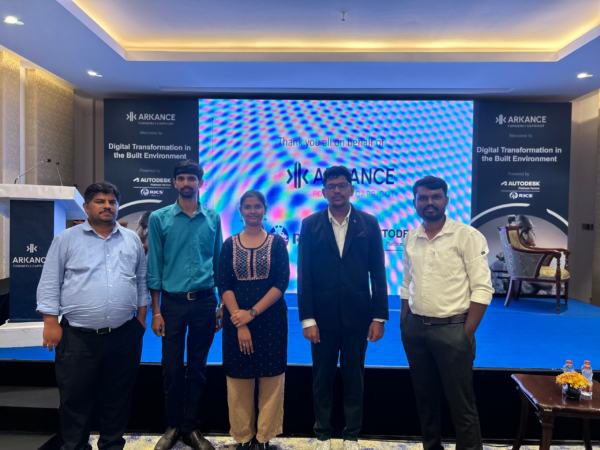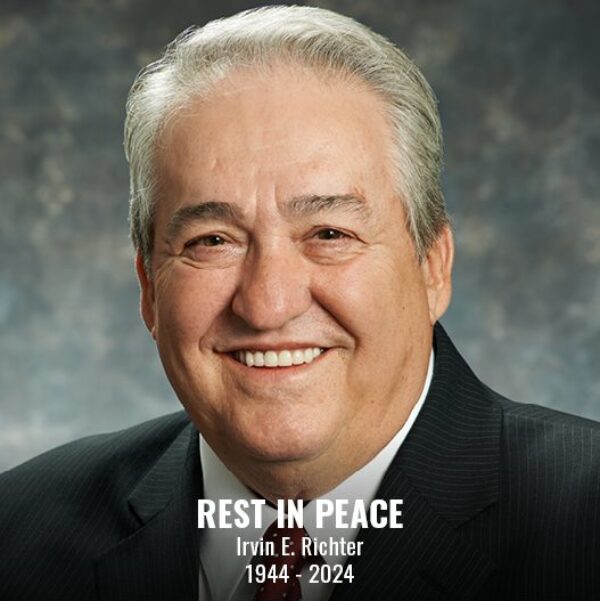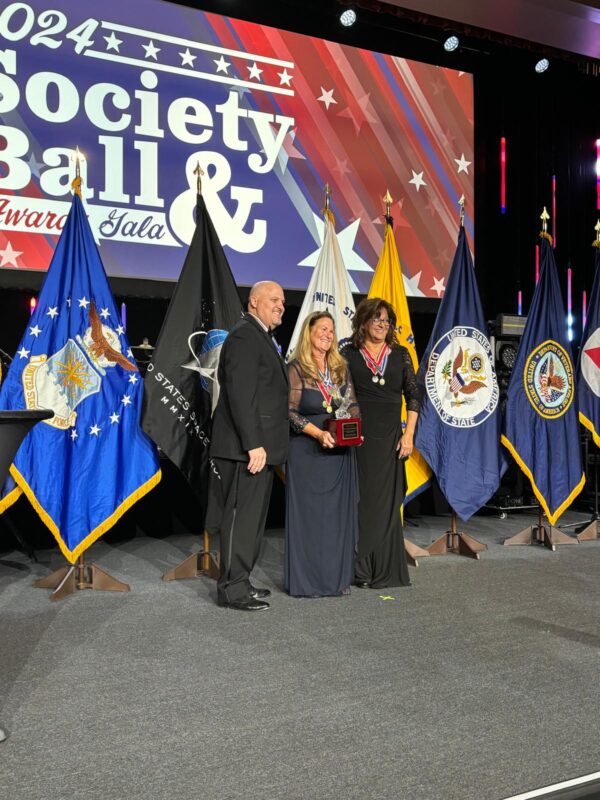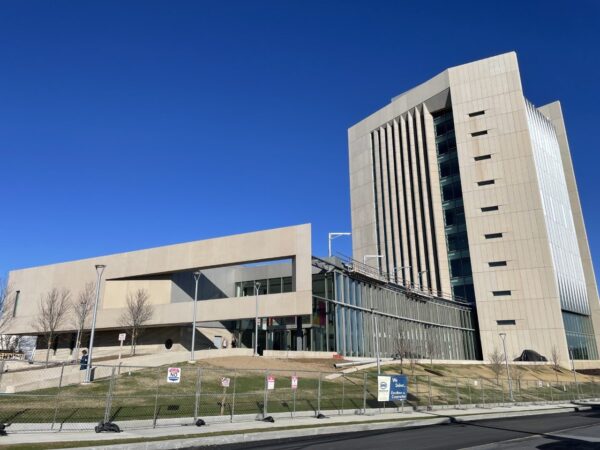
July 15, 2024 | Articles
Construction’s Digital Transformation & The Tools of Modern Project Management

When the much-anticipated No. 7 Subway Line Extension opened in Manhattan on September 13, New Yorkers got a first glimpse of one of the nation’s safest, sleekest, and most technologically advanced subway stations to-date.
The $2.4 billion-dollar extension project will help the Metropolitan Transportation Authority (MTA) accommodate burgeoning development—and an expected surge in commuter demand—on the far West Side of Manhattan. The subway line extension is complemented by an underground station that rivals costlier counterparts in Europe and Asia, with a striking, modern, open, almost airy design that will accommodate up to 25,000 people during a peak hour.
The No. 7 Subway Line extension provides an important transit link for commuters traveling from Flushing, Queens to Manhattan and the West Side’s Jacob K. Javits Convention Center, the High Line and Hudson River Park. Until now, subway service on the “Flushing Line” stopped at Times Square. Extending the 100-year-old line will not only be a boon to commuters, but it also will support the redevelopment of the area surrounding 34th Street and 11th Avenue, an area rich in industrial history that now houses one of the city’s up-and-coming neighborhoods.
According to the MTA, the project’s owner and developer, the rail extension and gleaming new subway station are part of a massive, multi-year Hudson Yards redevelopment. Bordering the Hudson River, the redeveloped 28-acre area and the subway extension “will make it possible for new housing, office buildings, restaurants, entertainment and other commercial establishments to grow on the Far West Side,” the MTA states on its website.
“Just like in the 20th century, when the 7 train created neighborhoods like Long Island City, Sunnyside and Jackson Heights, this extension instantly creates an accessible new neighborhood right here in Manhattan,” MTA Chairman Thomas F. Prendergast said at the opening of the station. The opening was attended by both dignitaries and the public. The opening of the new subway was the first such event in the city in more than a quarter century, and was a “monumental day,” said Mayor Bill de Blasio.
Extending the No. 7 Line by roughly 1.5 miles was no easy task, said John Drygulski, a Hill International Vice President and Hill’s Project Director for the extension project. As project manager, Hill has overseen the tunneling excavation, systems and station development.
To provide subway service from Times Square to a new station at 34th Street and 11th Avenue (plus additional space for train storage and turn-around), an estimated 8,000 feet of tunnel were bored underground using massive Tunnel Boring Machines. The boring machines launched from far underneath 26th Street at 11th Avenue traveled north and adjacent to the Hudson River to 41st Street, where they turned east to Times Square.
“Tunneling through extremely hard bedrock in one of the world’s largest cities wasn’t easy,” Drygulski said. The work took careful planning—and careful maneuvering—to avoid a maze of underground utilities and infrastructure, including an existing subway line, an abandoned subway platform and other obstacles. Notably, the No. 7 Subway Line is the only line that intersects 18 of New York’s 24 subway lines, the MTA says on its website.
Work also couldn’t compromise the hundreds of buildings above, or the streets and sidewalks and the public who uses them. To meet this challenge, the tunnels for the subway line were bored well underneath many of these obstacles, Drygulski explained. “The tunnels were made deeper to avoid the obstacles we knew were under there, and avoid those we couldn’t foresee,” he said. As a result, the platform of the 34th Street Station is located more than 100 feet underground, making it one of the deepest of the MTA’s 469 stations. To get there, the station is equipped with escalators that are the longest in the MTA system and are motion-activated during off-peak hours to save energy. The station also sports two American with Disabilities Act (ADA)-compliant, high-rise inclined elevators, which carry passengers up or down some 80 feet on a smooth, 27-degree, diagonal descent (or ascent) to the lower mezzanine and platform below. The glass-walled inclined elevators are the first ones to be used commercially in New York City.
“The design is very modern and very European, with open floor plans and an intentional lack of columns,” said Shawn Kildare, MTA Senior Vice President and Program Executive for the No. 7 Subway Line Extension project. “The design and advanced systems for safety, sustainability and convenience will set the standard for future stations around the world.”
Kildare is confident that patrons will like the station’s sleek, modern design. “This is the first subway station in the city to incorporate this kind of design, and it sets a high benchmark, in terms of aesthetic, for other stations across the country,” he said.
A state-of-the-art Station Service Center and MetroCard kiosks and turnstiles are located one level below the street on the upper mezzanine, where the tile, glass and stainless steel interior is capped by an intricate, brightly colored mosaic ceiling.
The lower mezzanine’s rounded, streamlined walls are punctuated by 70-inch, touch-screen-compatible plasma panels that broadcast MTA news, information, maps and advertisements. Eventually, the screens will be enabled as touch screens that commuters can use to check the weather, find restaurants, or learn more about the city and its offerings.
The station’s granite-tiled platform one level down also is sleek and modern, and its two tunnels, each 22.5 feet in diameter, also are column-free. Track along the extension is insulated with rubber to provide a smoother, quieter ride than traditional subway systems. Trains will be monitored and controlled by a Communications-Based Train Control system, one of the first of its kind to be used in the U.S., the precision of which will allow the MTA to run more trains at closer intervals. Before such technology, subway systems like the No. 7 were forced to make train sets longer, adding more cars to accommodate more passengers, Drygulski said.
“Passenger rates continue to grow, but the city can’t extend the length of their platforms any longer, because of the cost, logistics, need for rights of way, et cetera,” Kildare explained. “With the CBTC system, you can accommodate more (train trips), with as little as 40 seconds of headway between train sets. CBTC is the only way to do that.”
The CBTC system is housed at 54th Street between 9th and 10th Avenues, with outposts at the new 34th Street Station and others. It allows operators to monitor each station, each train and each inch of track. Eventually, the CBTC system could be used to power a new fleet of automated No. 7 Line trains.
The new station is the first of its kind to be equipped with a Situation Awareness Security System. When a fire or emergency signaling device is activated at the station, the tightly integrated CCTV system automatically broadcasts video feeds, voice-activated intercoms and intrusion alarm information directly to the security desks at the Rail Command Center. Here, all the relevant sensory information can be processed to determine the crucial “next steps” escalation actions. If required, the Command Center can remotely evacuate the station, manipulate the direction of escalators, and invoke zone-assigned instructional messages over the Public Address system.
To enhance security, the station’s open design and effective use of glass, light and stainless steel leave no place to hide. In addition, temporary power systems keep everything from lights to computer systems running.
In addition to the tunnels, track extension and new station, Hill International helped to manage construction of ancillary buildings and facilities that support the No. 7 Line’s current and future needs, including two ventilation buildings that provide tempered air to the 34th Street Station and keeps the tunnels clear. A total of four ventilation buildings are included in the project, located at 26th Street and 11th Avenue, 33rd and 11th Avenue, 36th Street and 11th Avenue, and 41st Street and Dyer Avenue. In addition, a secondary station entrance is underway on 11th Avenue between 34th and 35 streets, adjacent to the primary entrance.
Managing all of those projects, in one of the world’s busiest cities, with myriad stakeholders and under constant public and media scrutiny wasn’t easy, Drygulski concedes.
“First, the technical challenges of tunneling in midtown Manhattan are immense,” Drygulski said. “And, the project’s many stakeholders—and their sometimes-overlapping interests—each had concerns that needed to be addressed, and they needed to be kept informed throughout the project. Also, because the project is being funded by the City of New York, costs had to be carefully contained and reported on. Finally, because this extension was so highly anticipated, maintaining the project schedule, despite the challenges the project faced, was vital. Although the schedule changed to accommodate unforeseen delays such as delivery of the inclined elevators, we kept pushing ahead.”
The MTA expects that the new facility will be the busiest single line station in the city. Kildare and the MTA are and very proud of the feat their project team has accomplished and can’t wait for people to see it.
“There’s nothing like it anywhere in the world. Even for a city as impressive as New York, this is a big deal,” he said. “A very big deal.”
By Tricia McCunney
Share

July 15, 2024 | Articles
Construction’s Digital Transformation & The Tools of Modern Project Management

July 10, 2024 | Articles
GC/CM at Post Falls: Managing Avista’s North Channel Dam Rehabilitation Project

June 23, 2024 | Articles
Irv Richter – An Innovator, A Pioneer, A Leader (1944 – 2024)

June 14, 2024 | Articles
Environment of Care Standards – Meeting the Challenge (Part Two)

June 13, 2024 | Articles
PMO for Public Transit Project Success: The Reopening of Philadelphia’s Franklin Square Station

June 7, 2024 | Articles

May 17, 2024 | Articles
Hill Interim Federal Market Sector Leader Jane Penny Receives Golden Eagle Award

April 11, 2024 | Articles
A Model Move: Managing Move-In at the Sylvia H. Rambo U.S. Courthouse